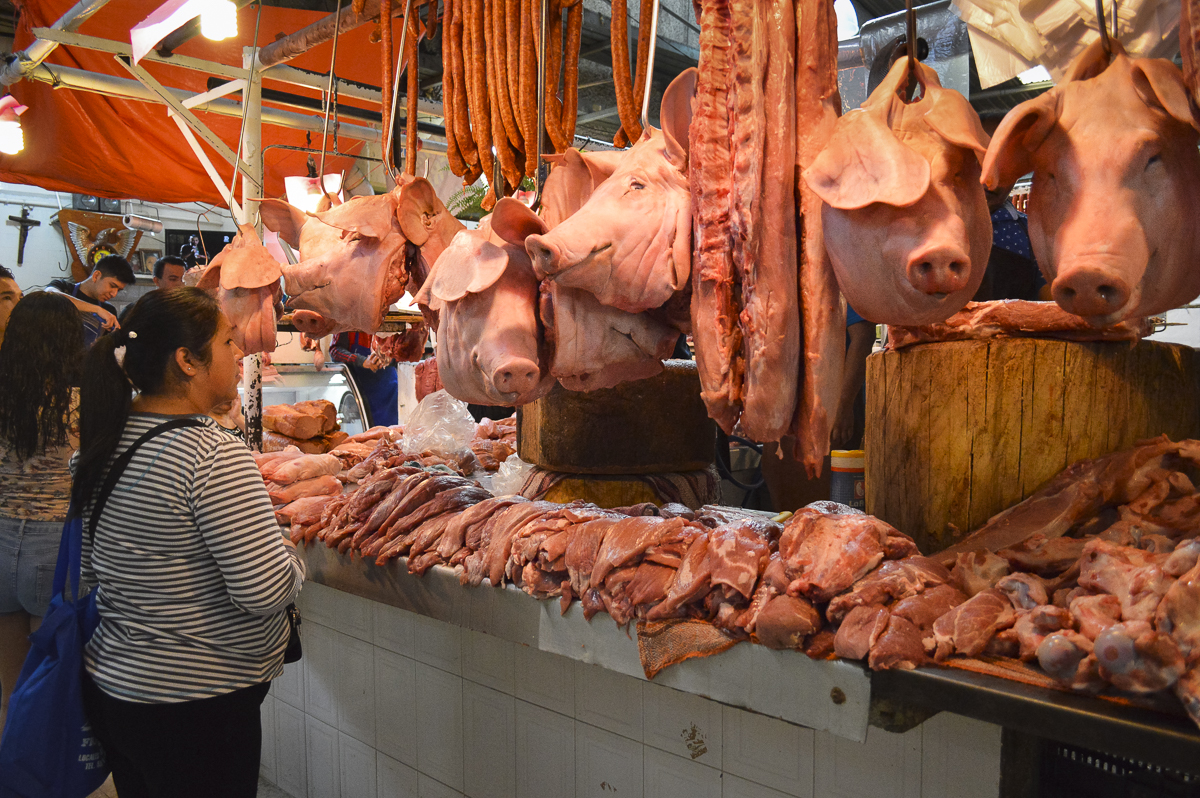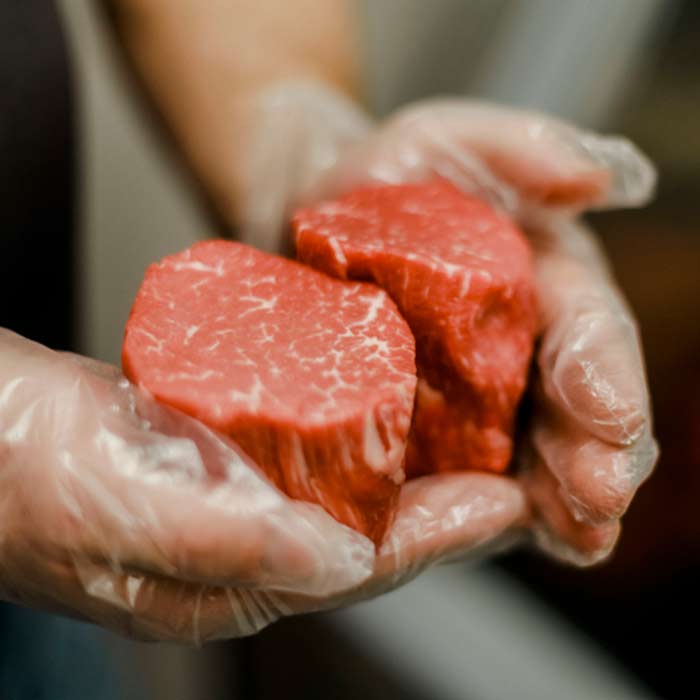Discover the Finest Selection of Cuts From Regional Meat Market
In a period where the beginnings of our food are extra significant than ever, discovering the finest option of cuts from your neighborhood meat market provides an engaging story of top quality and honesty. These markets not only guarantee exceptional quality and preference yet likewise give understandings right into the subtleties of various primitive and sub-primal cuts. As we reveal the advantages of reduced supply chains and seasonal options, there exists a deeper story regarding supporting sustainable methods and enhancing your cooking repertoire. What keys do these local purveyors hold that could transform your next dish into a premium experience?
Advantages of Regional Meat Markets
Local meat markets provide numerous advantages that are becoming progressively significant in today's food landscape. Because the supply chain is much shorter, neighborhood meat does not endure prolonged transportation times, protecting its freshness and nutritional worth.
Additionally, neighborhood meat markets frequently support lasting farming practices. Lots of local producers participate in eco-friendly and ethical farming techniques, which add to the health of animals and the preservation of natural resources. By picking to buy from these markets, consumers can play a duty in promoting sustainable farming and minimizing their carbon footprint.
Furthermore, neighborhood meat markets contribute to the financial vigor of communities. By sustaining neighborhood producers, consumers assist endure local business and foster financial development within their area. This economic assistance can lead to job development and assistance keep the unique character of local communities.
Recognizing Different Meat Cuts
A fundamental element of making enlightened getting choices at local meat markets is recognizing the different cuts of meat readily available. Each cut provides distinct tastes, appearances, and cooking potentials, making it vital to identify how they vary. Primarily, meat is classified right into primitive, sub-primal, and retail cuts. Primitive cuts are the larger areas at first separated from the carcass, such as the loin, rib, and chuck. These are more separated right into sub-primal cuts, which eventually damage down into retail cuts, the acquainted selections discovered at the marketplace.
For example, from the beef primal cut, the loin, one can obtain sub-primal cuts like tenderloin, causing retail options such as filet mignon. Similarly, the rib primitive cut consists of sub-primal ribs, producing retail options like ribeye steaks (bagley farms meat market edwardsville il). Recognizing these differences aids in selecting cuts that line up with cooking requirements and individual choices
Furthermore, cuts differ in inflammation and fat web content, influencing their perfect food preparation approaches. Tougher cuts like brisket benefit from sluggish food preparation, while tender cuts like sirloin are suited for cooking. By grasping these nuances, customers can improve their culinary experiences and optimize their meat acquisitions.

Professional Tips for Deciding On Meat
Picking the ideal cut of meat requires not only knowledge of the various alternatives readily available but additionally an eager understanding of quality indicators that professionals use to make their options. Emphasis ought to be placed on the color of the meat. Vivid, abundant tones usually mirror freshness, while plain or grayish tones might show aging or incorrect storage. Next, consider marbling, the great touches of fat within the muscle mass. A well-marbled cut commonly guarantees enhanced flavor and tenderness, as the fat melts throughout cooking, enriching the meat's appearance and preference.
Another essential aspect is the meat's structure. Specialist advice also entails checking out the product packaging, if appropriate.

Lastly, understanding the track record and sourcing techniques of your regional meat provider can offer insights into the quality and honest requirements of the meat. Involving with educated butchers can give beneficial recommendations tailored to certain cooking requirements, making sure a remarkable eating experience.
Ideal Seasonal Choices

Picking seasonal cuts not just makes certain freshness but also aligns with the peak high quality of various meats. Pork, traditionally cured and protected in the chillier months, provides a rich variety of cuts like pork and bacon during wintertime, when pigs are butchered after being plumped on fall harvests. Chicken, on the other hand, is typically at its finest during late spring and very early summer season, when hens have actually grown on a diet regimen of fresh grains and environment-friendlies.
Sustaining Sustainable Practices
Embracing sustainable practices in meat manufacturing is crucial for advertising ecological health and ensuring the longevity of neighborhood ecosystems. In the context of neighborhood meat markets, sustainability includes a commitment to ethical farming methods, reducing carbon impacts, and sustaining biodiversity. By prioritizing these methods, producers not only enhance the top quality of their offerings yet likewise contribute favorably to their areas and the world.
Local meat markets play a pivotal role in cultivating lasting agriculture by sourcing items from farms that implement environmentally friendly techniques. These might consist of rotational grazing, organic feed, and incorporated insect management, navigate to this site which jointly decrease environmental effect and promote pet welfare. By choosing to sustain such markets, customers can directly influence the need for sustainably increased meat, encouraging even more producers to take on these methods.
Moreover, lasting methods in meat manufacturing can substantially minimize the industry's ecological footprint. Reducing source usage and waste generation through cutting-edge farming techniques can lead to considerable decreases in greenhouse gas exhausts. This is critical in addressing environment modification and maintaining natural deposits for future generations. Therefore, supporting lasting practices not only profits the environment however additionally aligns best site with a wider dedication to liable consumption and production.
Conclusion
Local meat markets provide unequaled benefits in terms of high quality, freshness, and sustainability. By offering a diverse range of primal and sub-primal cuts, these markets deal with varied culinary choices while ensuring openness in sourcing. Seasonal options, such as springtime lamb and fall beef, improve the cooking experience with distinct flavors and tenderness. Sustaining local meat markets not only promotes sustainable farming methods yet also adds to an extra enlightened and rewarding cooking journey.